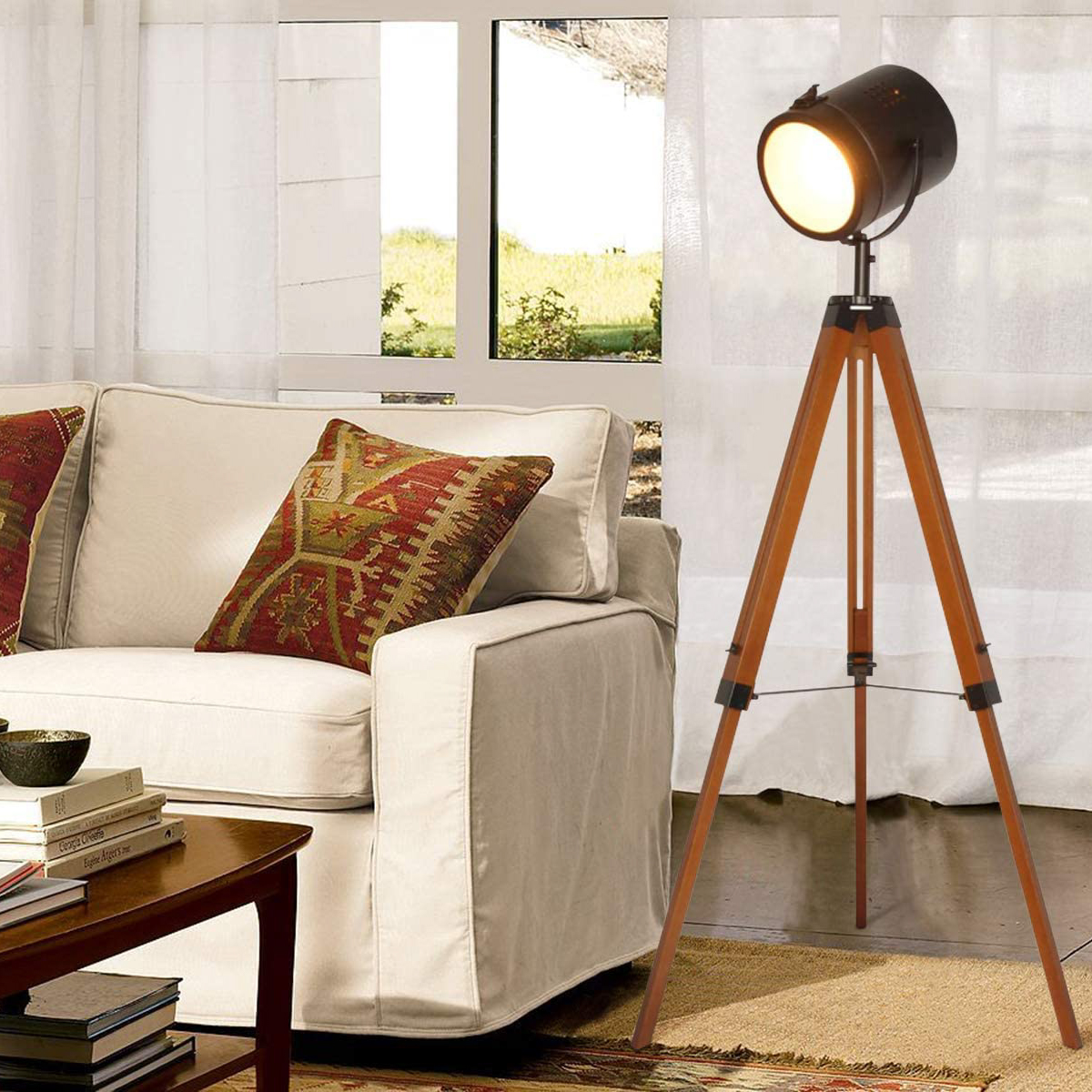Hing light is a type of lighting popular in East Asian countries, particularly China and Japan. It is known for its soft, warm glow that creates a peaceful and calming atmosphere. In recent years, hing lights have become increasingly popular worldwide, with many people incorporating them into their homes and workplaces. In this article, we will delve deeper into the history and science behind hing lights, as well as their benefits and how to incorporate them into your own life.
The History and Science of Hing Light
Hing light has been used in East Asian culture for centuries, with its roots dating back to ancient China. During the Tang and Song dynasties, people used oil lamps made from natural materials to light their homes. These lamps emitted a soft yellow light, which was said to promote a sense of calmness and relaxation. Over time, hing light evolved to include more elaborate lanterns made from silk, paper, and bamboo.
In modern times, the science behind hing light has been studied extensively. It has been found that the warm glow emitted by hing lights has a soothing effect on the body and mind. This is due to the fact that hing lights emit a low color temperature, typically around 2500K to 3000K. This creates a light that is warm and soft, similar to the glow of a candle or a sunset. Hing lights also emit less blue light, which can disrupt the body’s natural circadian rhythm and make it harder to fall asleep.
The Benefits of Hing Light
The benefits of hing light are numerous. One of the main benefits is that hing light promotes relaxation and reduces stress. The warm glow emitted by hing lights can help to create a sense of calmness, especially in the evening when the body naturally begins to wind down. Hing lights are also beneficial for those who suffer from anxiety or depression, as the soft light can help to improve mood and reduce feelings of sadness or worry.
Another benefit of hing light is that it can help to improve sleep. As mentioned earlier, hing lights emit less blue light than traditional light sources, which can stimulate the brain and disrupt sleep patterns. By using hing lights in the evening, the body is able to naturally produce more melatonin, a hormone that regulates sleep.
Lastly, hing light can be beneficial for those who suffer from headaches or migraines. Bright or flickering lights can trigger headaches, but the soft, warm glow of hing lights can actually help to reduce headache symptoms.
How to Incorporate Hing Light into Your Life
There are several ways to incorporate hing light into your life. One of the easiest ways is to simply replace your current light bulbs with hing light bulbs. These are widely available and can be found at most hardware stores. Another way to incorporate hing light is to use hing light fixtures, such as lanterns or lamps. These can be used in any room of the home, and can create a warm and inviting atmosphere.
Hing light can also be incorporated into outdoor spaces, such as gardens or patios. Hing light can be used to illuminate walkways or create a peaceful ambiance, perfect for relaxing evenings outside.
Overall, hing light is a wonderful addition to any home or workspace. Its warm and soothing glow can promote relaxation, reduce stress and anxiety, improve sleep, and even help with headache symptoms. By incorporating hing light into your life, you can create a more peaceful and calming environment, allowing you to fully rest and recharge your body and mind.




